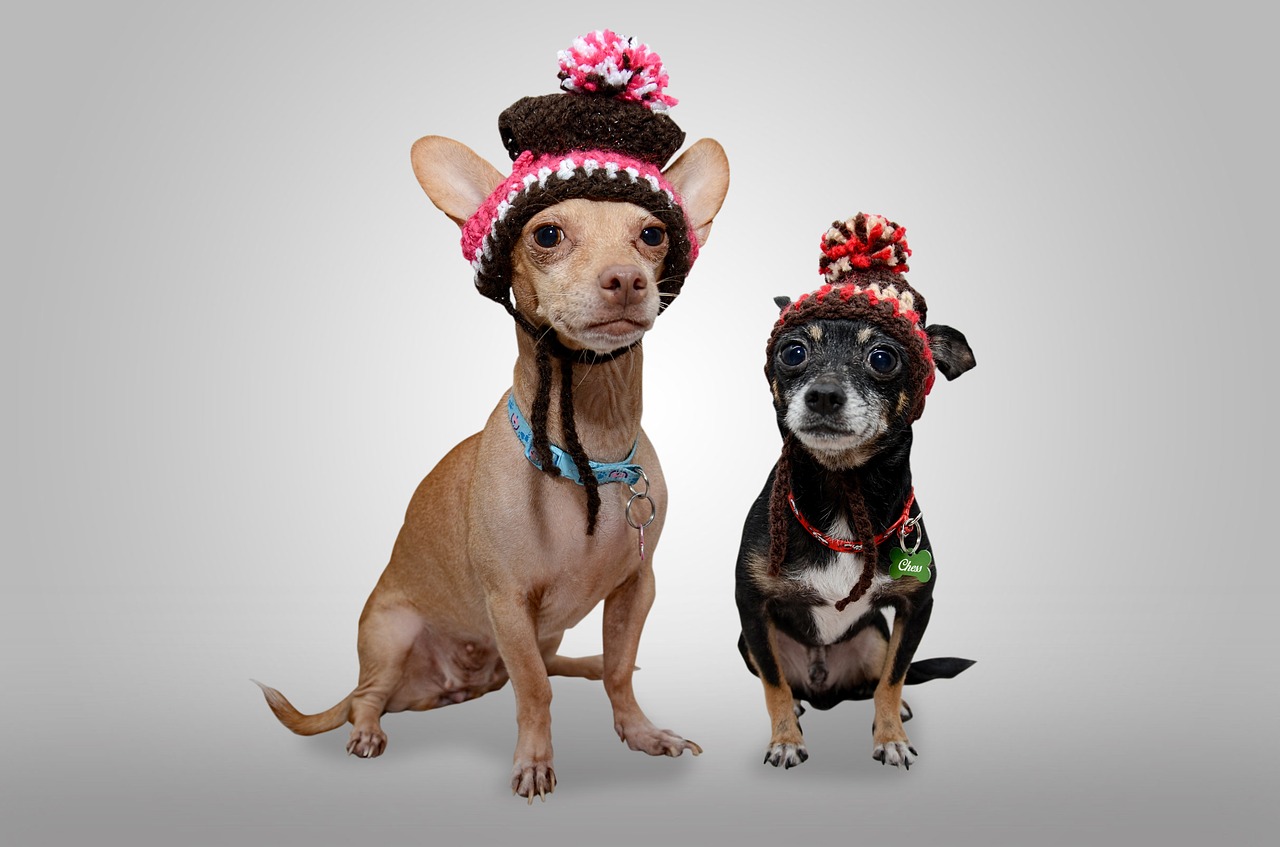Head injuries in dogs can be caused in a number of ways from road traffic accidents, falls from a height say from a cliff top, collisions perhaps during normal play or flyball activities or even infections which cause the brain to swell up.
As you’d imagine, any head injury should be treated very carefully and promptly so our aim is to get the dog to the vet as quickly as possible – remembering to ring first to let them know you are coming.
There are several different types of head injury which I’ll list for you below but really the advice would be that any time you think there has been contact with the head, take no chances.
Types of head injury:
Contusion (Bruising)
* No loss of consciousness
* Dog remains dazed, wobbly and disorientated
* The condition clears gradually
Concussion (shaking of the brain)
* Loss of consciousness
* With mild concussion there is only a brief loss of consciousness
* When consciousness is regained the dog exhibits signs as for a contusion
* With a severe concussion the dog may be unconscious for hours or even days.
* Full recovery may take weeks or months
Seizures
* Seizures can occur at the time of the injury or any time after.
* Seizures at the time of injury increase pressure in the skull & make the injury worse.
Compression (Brain swelling & bleeding)
* The increased pressure on the brain is accompanied by low levels of consciousness.
* Coma is common with compression injuries.
* Death may likely occur due to cardiac arrest and poor respiratory effort.
* One pupil may be dilated and unresponsive to light.
* There may be weakness involving one or more limbs
What you should do

